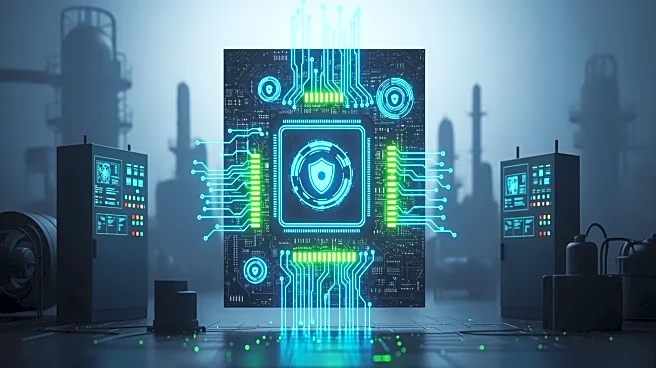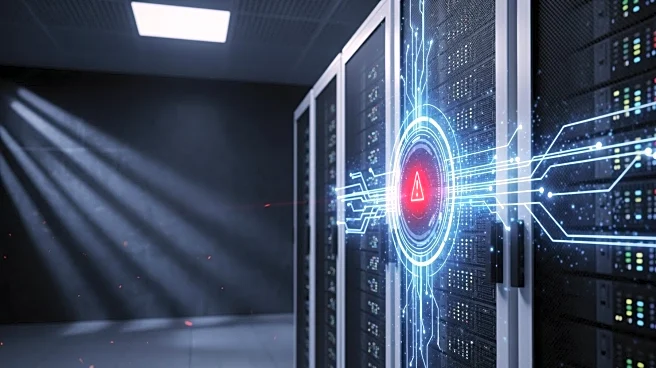What's Happening?
Fuji Electric has recently addressed several vulnerabilities in its V-SFT software, which is used for configuring human-machine interfaces (HMIs) in industrial settings. These vulnerabilities, discovered by cybersecurity researcher Michael Heinzl, could
allow threat actors to execute arbitrary code and gain control over systems. The flaws stem from inadequate validation of user-supplied data, potentially leading to information disclosure or system compromise. Fuji Electric has released patches to mitigate these risks, although the process took approximately four months from notification to resolution. Japan's JPCERT has issued an advisory to inform organizations about these vulnerabilities, though details on the potential impact remain sparse.
Why It's Important?
The vulnerabilities in Fuji Electric's V-SFT software pose significant risks to industrial organizations, which rely on HMIs for operational control and monitoring. Exploitation of these flaws could lead to unauthorized access and manipulation of critical systems, potentially disrupting manufacturing processes and compromising safety. The timely patching of these vulnerabilities is crucial to maintaining the integrity and security of industrial operations. Organizations using Fuji Electric's Monitouch series HMIs must ensure they apply the latest updates to protect against potential cyber threats.
What's Next?
Organizations affected by these vulnerabilities should prioritize updating their V-SFT software to the latest version to mitigate risks. Cybersecurity teams may need to review their systems for any signs of compromise and strengthen their defenses against social engineering attacks, which are a common method for exploiting such vulnerabilities. Continuous monitoring and collaboration with cybersecurity agencies like JPCERT can help industrial organizations stay informed about emerging threats and best practices for safeguarding their systems.
Beyond the Headlines
The discovery and patching of these vulnerabilities highlight the ongoing challenges in securing industrial control systems against cyber threats. As digital transformation continues to integrate more technology into industrial processes, the need for robust cybersecurity measures becomes increasingly critical. This incident underscores the importance of proactive vulnerability management and the role of cybersecurity researchers in identifying and addressing potential risks before they can be exploited.













